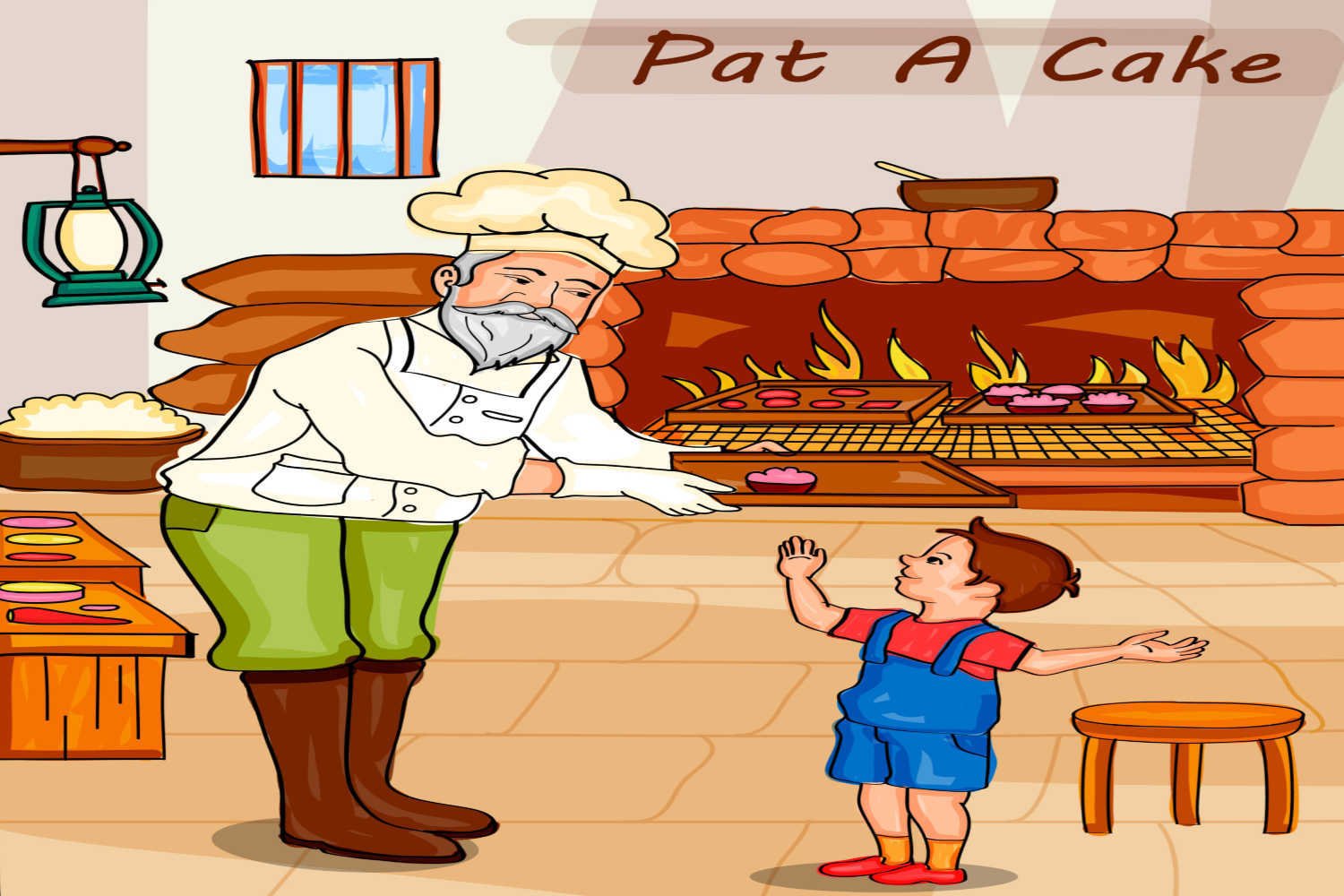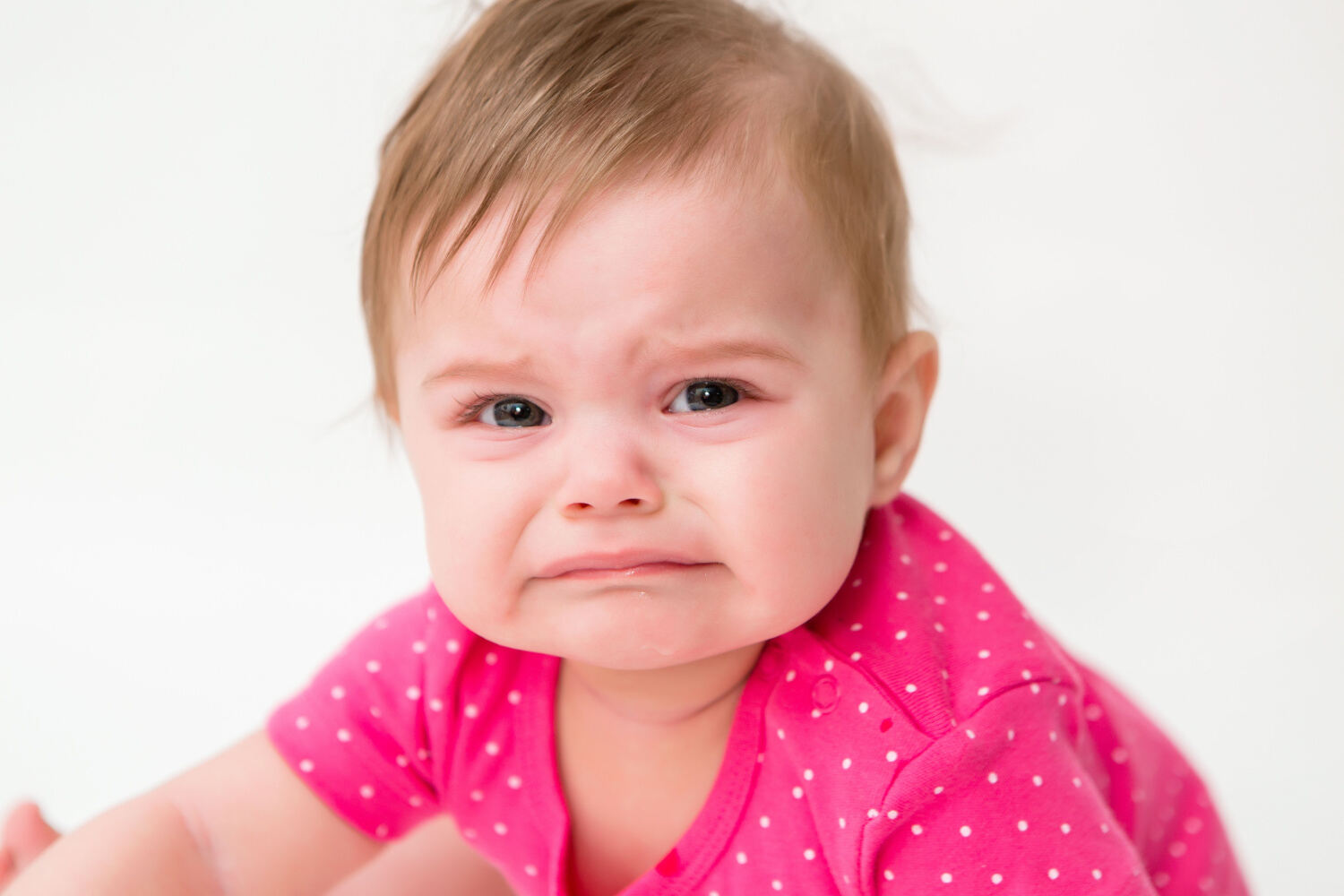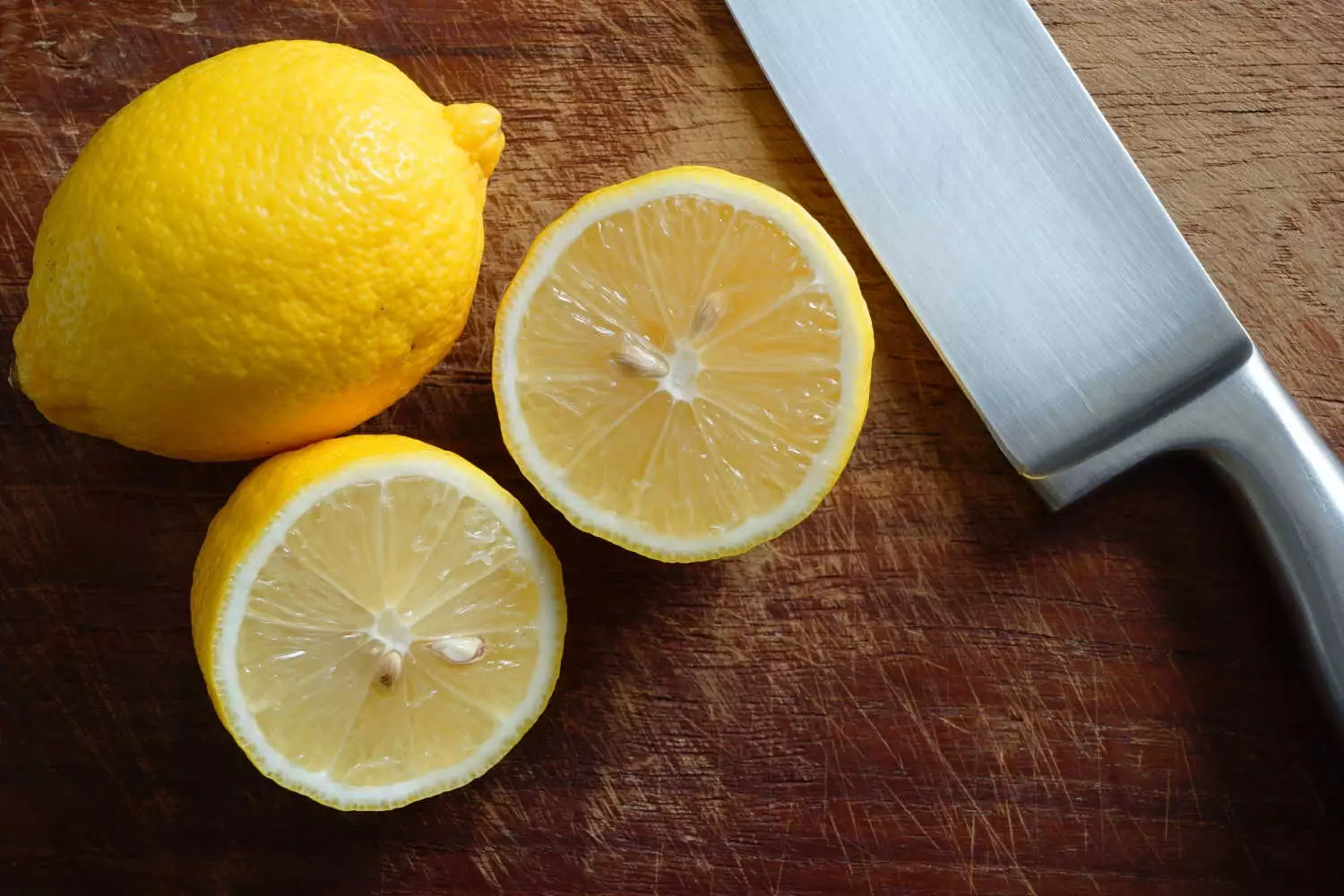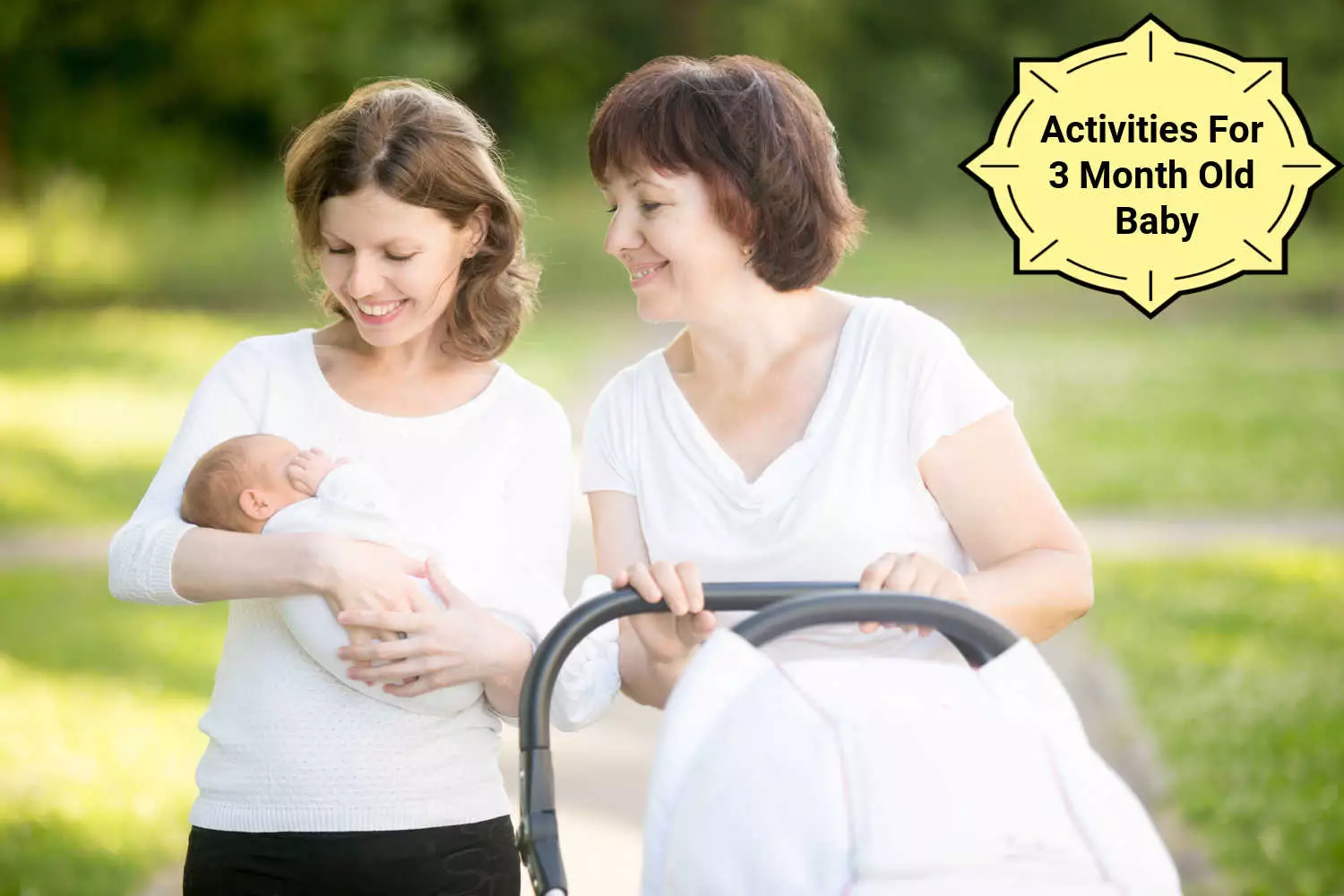
How To Sterilize Baby Bottles – Everything You Need To Know
5 min readWritten by Editorial Team


It is a known fact that breast milk is best for your baby but there are unavoidable circumstances like illness, low milk supply or returning back to work that may force you to use a bottle for your baby. The first few months of your baby are extremely important as your baby is vulnerable to all kinds of illnesses due to a less developed immune system. Know about how to sterilize baby bottles.
Sterilizing bottles and cleaning them should be an important part of your routine as viruses, parasites and bacteria thrive on unsterilized bottles and other feeding equipment making your baby susceptible to different infections and diseases. So, it is important to make sure that your baby’s bottles are free from bacteria. Read on to know the different ways of sterilizing your baby’s bottles in order to decrease the possibility of your baby getting sick.
In This Article
- Why It Is Necessary To Sterilize Feeding Bottles?
- Steps In Sterilizing Baby Bottles
- Methods To Sterilize Baby Bottles
- Precautions While Sterilizing With Cold Water
- How Long Do You Need To Sterilize?
Why It Is Necessary To Sterilize Feeding Bottles?
Cleaning and sterilizing bottles are important as several viruses, parasites and bacteria collect in the unsterilized bottles. They can contaminate milk of your baby and get into her body. As a result your little one can contract anything from a serious bout of diarrhea and vomiting to a mild thrush if you have not carefully sterilized their bottles before using them.
It is not essential that sterilize baby bottles every time you feed your baby if you are cleaning them with warm water and keeping them in a clean place. It is recommended to sterilize your baby’s bottles once a day. Anytime your baby is recovering from any kind of infection like cold, cough or fever, it is necessary that the bottles are sterilized more often.
Steps In Sterilizing Baby Bottles
Following are the steps to follow while sterilizing baby bottles:
1. Buy BPA-free Bottles
Always buy good food-grade BPA-free plastic bottles for your baby or you can even opt for glass bottles. Before using a new bottle it is essential to sterilize it. Keep checking regularly for any scrapes or cracks in the nipples and bottles and change the damaged ones immediately as you will not realize but the bacteria tends to collect in these places.
2. Cleaning

The initial step is to ensure you get your bottles cleaned thoroughly. The best way would be to clean the bottle immediately after the feed as the milk normally dries around very fast.
- For this you need to wash them in lukewarm soapy water. Make sure you wash the teats, caps, the scoop that comes with the formula powder and the retaining rings. This is to make sure that even the minutest traces of milk are cleaned completely
- The best technique is cleaning the bottle with a bottle brush
- If your baby’s bottles are dishwasher safe, it is a good option to load them in the dishwasher for better cleaning. However, it would be a good idea to separately wash the teats to ensure that they are squeaky clean before sterilizing them
Dry Separately
Dry the bottles that are sterilized with a clean cloth. Keep that cloth exclusive for this purpose only. Place these bottles in an air tight container or a closed shelf to avoid it catching dust and getting contaminated
Keep It Covered
Only when you need the bottle for the feed, take it out from the sterilizer. Always keep the sterilizer covered to ensure that the bottles are free from germs
Use Filtered Water
Make sure you use only filtered water for sterilizing the bottles as tap water is not free from contamination and is generally hard water which can leave a residual layer of salts in bottles
Clean Your Hands
It is necessary that you clean your hands nicely before pulling out your baby’s bottles from the sterilizer or you can make use of sanitized tongs to take out the bottles and accessories from the sterilizer
Methods To Sterilize Baby Bottles
There are several options for sterilizing your baby’s feeding bottles and other feeding equipment. You have a choice of microwave sterilization, and electrical steam sterilizing apart from conventional techniques of cold water sterilization and boiling.
Sterilization With Electrical Steam

They are efficient and quick and take around 10 to 15 minutes to sterilize. Good news is that bottles remain sterilized up to six hours if they remain the sterilizer with a closed lid.
Most steam sterilizers can space around five to six bottles in one single go. Just ensure that all your bottles and other equipment like teats are positioned with their opening downwards. This helps to ensure that they are completely sterilized.
Microwave Sterilizing
Bottles can be sterilized in your microwave too. This is the best method if you have to sterilize only a single bottle. It takes just one and a half minutes time for the same. Bear in mind the fact that you need to unseal your bottles while sterilizing in the microwave. This is to avert any kind of pressure building inside it.
Conventional Boiling
Suppose your little one’s bottles are safe to boil then this method can also be resorted to in order to sterilize the bottles. All you require is a big pan which is deep and has a lid. Make sure you use this pan only for sterilization and nothing else. Fill the pan with water and dip the bottles and the other feeding equipment and boil for around ten minutes.
Keep the vessel covered till you need the bottles. A big disadvantage of boiling is that boiling damages teats faster compared to other sterilization techniques. So you need to be constantly watching out for damages in the teats.
Cold Water Sterilization
Yet one more commonly used sterilization technique for baby bottles and feeding equipment. For sterilizing bottles in cold water, you require a sterilization solution that needs to be mixed into cold water.
While some solutions come in liquid form, they are also available in tablet form. These solutions are found to be excellent in killing all the bacteria present effectively. However, the solution requires to be changed on a daily basis.
Precautions While Sterilizing With Cold Water

Following are some precautionary measures to take while sterilizing with cold water:
- You can either purchase specific units meant for sterilizing with cold water or utilize a plastic container or bucket with cover for the same.
- Suppose you are planning to use a bucket make sure that you place a heavy plate so that the bottles and the accessories remain immersed in the water.
- Also make sure that the bottle is void of any bubbles and let the bottles remain in this solution for around thirty minutes.
- Make sure that you follow the instructions provided with the sterilization solution regarding the water content and sterilizing solution that requires to be used.
- Also remember to wash off the solution from the bottle before using them with water that is boiled and then cooled.
How Long Do You Need To Sterilize?
All the above mentioned facts are sure to help you ensure that you sterilize baby bottles perfectly. Once the babies turn one, they develop better resistance against infections but you need to continue sterilization process as long as your baby is bottle fed.

Editorial Team,
With a rich experience in pregnancy and parenting, our team of experts create insightful, well-curated, and easy-to-read content for our to-be-parents and parents at all stages of parenting.Read more.
Responses (0)
Want curated content sharply tailored for your exact stage of parenting?
Related articles

Pat a Cake Rhyme For Babies

Stress in Babies – Causes & Prevention

100 Adorable Sleeping Baby Quotes

Lemon For Babies – When to Introduce, Benefits and Ways to Feed

Top Activities For a 3 Month Old Baby – Benefits and Tips For Parents
11 Month Baby Food – What to Give, What Not to Give And Sample Schedule
Sponsored content
Discover great local businesses around you for your kids.
Get regular updates, great recommendations and other right stuff at the right time.





